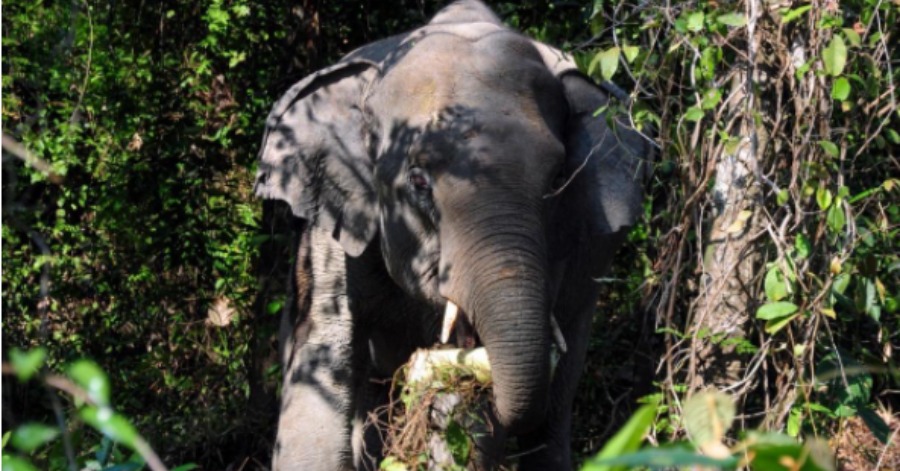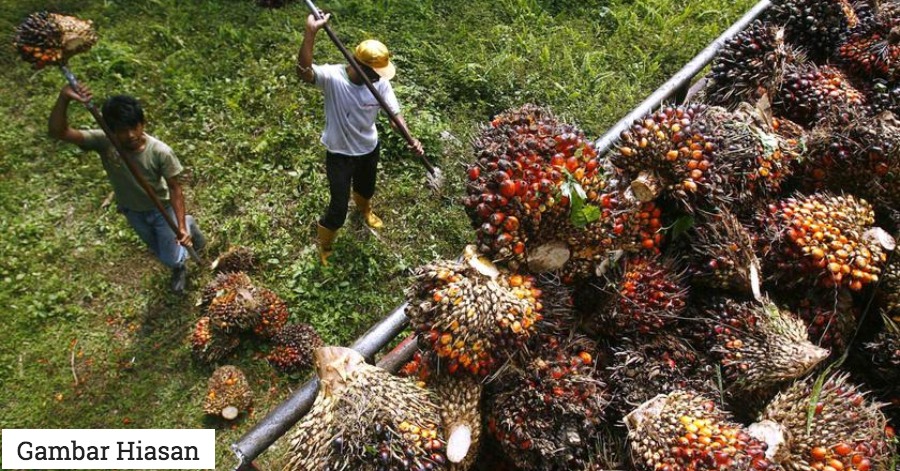KOTA KINABALU, Feb 16 — A WWF Malaysia recent study shows that the smaller estimated number of elephants in Central Sabah is not due to the population decline in that elephant range, says its Elephant Conservation manager, Dr. Cheryl Cheah.
Cheah in a statement today said the differences in estimates were due to the methodological limitations in the previous estimations.
According to her, the peer-reviewed journal titled, “Recent Estimate of Asian Elephants in Borneo Reveals a Smaller Population” done by WWF-Malaysia, estimates the Bornean elephant population in Central Sabah to be 387 with a density of 0.07 individuals per square kilometre.
Cheah, who is also the co-author of the study, said the area surveyed lies within the Central Sabah elephant range, and therefore the estimate only included elephants occurring in Ulu Segama, Malua, Kuamut, Gunung Rara, Kalabakan and Sungai Pinangah Forest Reserves.
“If other areas of the Central Sabah elephant range such as parts of the Sapulut, Ulu Kalumpang and Kalabakan Forest Reserves are included, the total estimated elephant population in Central Sabah is approximately 451.
“These estimates are substantially smaller than what was previously estimated in another published study conducted in 2008 by Alfred et al. (2010).
“The smaller estimated population from this study is not an indication of population decline in the Central Sabah elephant range. On the contrary, our study found that the elephant habitat in Central Sabah remains stable with a substantial increase in the proportion of area allocated for total protection,” she added.
According to the Bornean Elephant Action Plan for Sabah 2020-2029 by the Sabah Wildlife Department, experts estimate that there are no more than 1,000 to1,500 individuals for the whole of Sabah, including the Central Sabah elephant range.
“Therefore, this estimate does not drastically change the overall Bornean elephant population in the state,” said Cheah, adding that the new estimate strengthened the case to continue to keep the Bornean elephant as a totally protected species.
“Any future decision on population management should now carefully consider how it may impact the long-term viability of elephant populations, at the same time, it also signals the need for more data to be collected on Bornean elephants in Central Sabah.
“Information on other population parameters necessary for monitoring population trends and management – birth rate, natural death rate, sex ratio and age structure are unavailable for elephants in that range.
“As population size alone is inadequate to assess the population’s long-term viability, it is essential to estimate other key characteristics for inferring population status and developing robust policies and actions for elephant population management,” she said.
To help safeguard the elephant sub-population in Central Sabah, Cheah said the study recommended that there should be no further habitat loss.
“Forestry and agriculture plantations should not expand into the most suitable lowland habitats and the current protected area coverage should not be reduced, as well as concerted measures are needed to address the death of elephants related to suspected poisoning and retaliatory killings of elephants for crop and property damage.
“The construction of new roads and expansion of existing ones like the Pan Borneo Highway in the Central Sabah elephant range should ensure that the whole range continues to be available for elephants, the road alignment avoids natural forest habitats and the construction designs allow for easy elephant movements,” she added.
WWF Malaysia also notes the urgent need for updated population estimates for the other elephant sub-populations in Sabah, namely Lower Kinabatangan, Tabin and North Kinabatangan ranges as it is likely that these populations have also been overestimated in the previous study.
To this end, WWF Malaysia will be working closely with the Sabah Wildlife Department and Sabah Forestry Department to provide technical assistance and support for conducting population surveys in some of these ranges.
Sources: BERNAMA









Leave a Comment